Up for grabs: The products and packaging you need to launch your grab-and-go offer
With some customers still reluctant to visit restaurants, the savvy operator will be thinking how best to position a grab-and-go or takeaway offer. Anne Bruce reports
As restaurants and foodservice businesses survey the post Covid-19 landscape, a beacon of hope presents itself: grab-and-go.
For those customers still too cautious to brave the full restaurant experience, grab-and-go can be dipping a toe into returning – a comfortable level of indulgence.
The question is, how do you make your grab-and-go offer bigger and bolder to cash in on increase in demand? What should operators be considering as they recalibrate their range? What are the hot (and cold) trends to go with?
Suppliers and operators report that the definition of grab-and-go expanded during lockdown from the traditional mainstay of sandwiches. Delivery services made a landgrab and recipe boxes rose in popularity.
That has left some conflicting demands to measure up. On the one hand customers might welcome a wider range: food that they can take away to eat later, food that they can share, or even ingredients that they can put together at home themselves. On the other, to keep service efficient, keep overheads down and reduce wastage, a narrow menu may be advised.
What is undisputed is that speed of service needs to be taken up a notch, that suitable packaging needs to be to hand and that hygiene is paramount. There are also the current trends to tap into, be it flexitarianism or healthy eating or sustainability. Prices need to appeal as well.
Margin makers
The foodservice industry has demonstrated that it is prepared to pivot from one model to another with fast casual and takeaway growth, comments Amipak director of communications and sustainability, Daniel Schwitzer.
“Many operators are reviewing and reducing their menus to focus on core offerings, which brings immediate economic and operational benefits,” he explains.
At this watershed, with expectations of grab-and-go in flux, it may be a good time to introduce new items that offer good margins. Carpigiani UK sales director Scott Duncan suggests that widening a menu to include desserts and ice-creams is a wise move in terms of significant profit opportunities. Ice-cream, gelato and sorbet can be dispensed into a tub or cone to eat on the go, and avoids adding pressure to a reduced kitchen team.
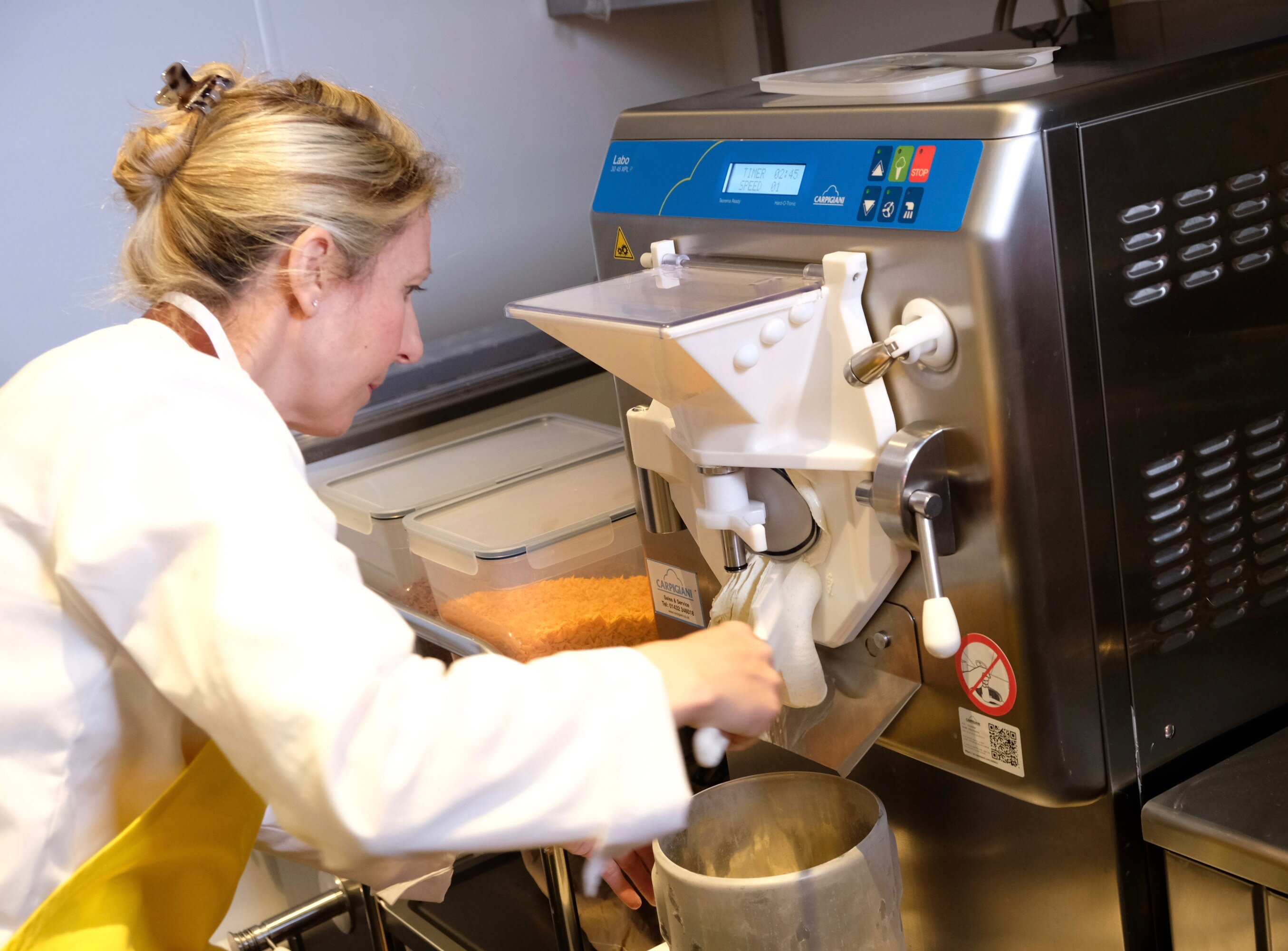
Salads are also a grab-and-go item to weigh up, with potential good margins. Nigel Parkes, commercial operations director at Creative Foods, comments: “These are an attractive proposition for consumers, especially during the summer months, and are easier to make than you might think. Preparing salads in-house also allows operators to tailor the contents to local and regional tastes and be more creative.”
A layered salad can be made using the same chilled fillings that an operator uses to make filled baguettes, reducing wastage and with no need to buy in any additional ingredients.
Trending topics
IGD Retail’s recent Food to Go white paper says health and wellbeing is one of the biggest trends driving the sector at the moment, with salads, sushi, fruit and protein-boosted foods attracting a breakfast and lunchtime crew. Meat alternatives and vegan options also remain popular.
Michael Holton, brand manager at Wall’s Pastry, emphasises the need for innovation: “Although we have many more ‘flexitarian-friendly’ products within the market today, our evaluation has shown that there is still a clear gap when it comes to food-to-go, with most of the new product development targeted towards the ‘eat-later’ market.”
Wall’s has recently launched a chicken scotch egg, a twist to the traditional sausage-coated egg, developed with health-conscious consumers in mind as it has significantly less fat than the pork-based product.
Fish and seafood can be a versatile alternative as more and more consumers try to reduce the amount of meat they eat, says Joel Carr, development chef at Young’s Foodservice.
Young’s Foodservice portfolio, including smoked salmon for protein pots or salad bowls and fish burgers, allows caterers to create grab-and-go options from frozen, to help with menu planning, portion control and reducing waste.
Also suitable for customers following flexitarian diets is cheese, for which demand is growing, according to supplier Eurilait’s commercial director, Craig Brayshaw. Eurilait has developed a takeaway range including cheese steaks and cheese sausages as a tweak on a regular hot dog or burger. Its halloumi fries have also become a menu favourite.
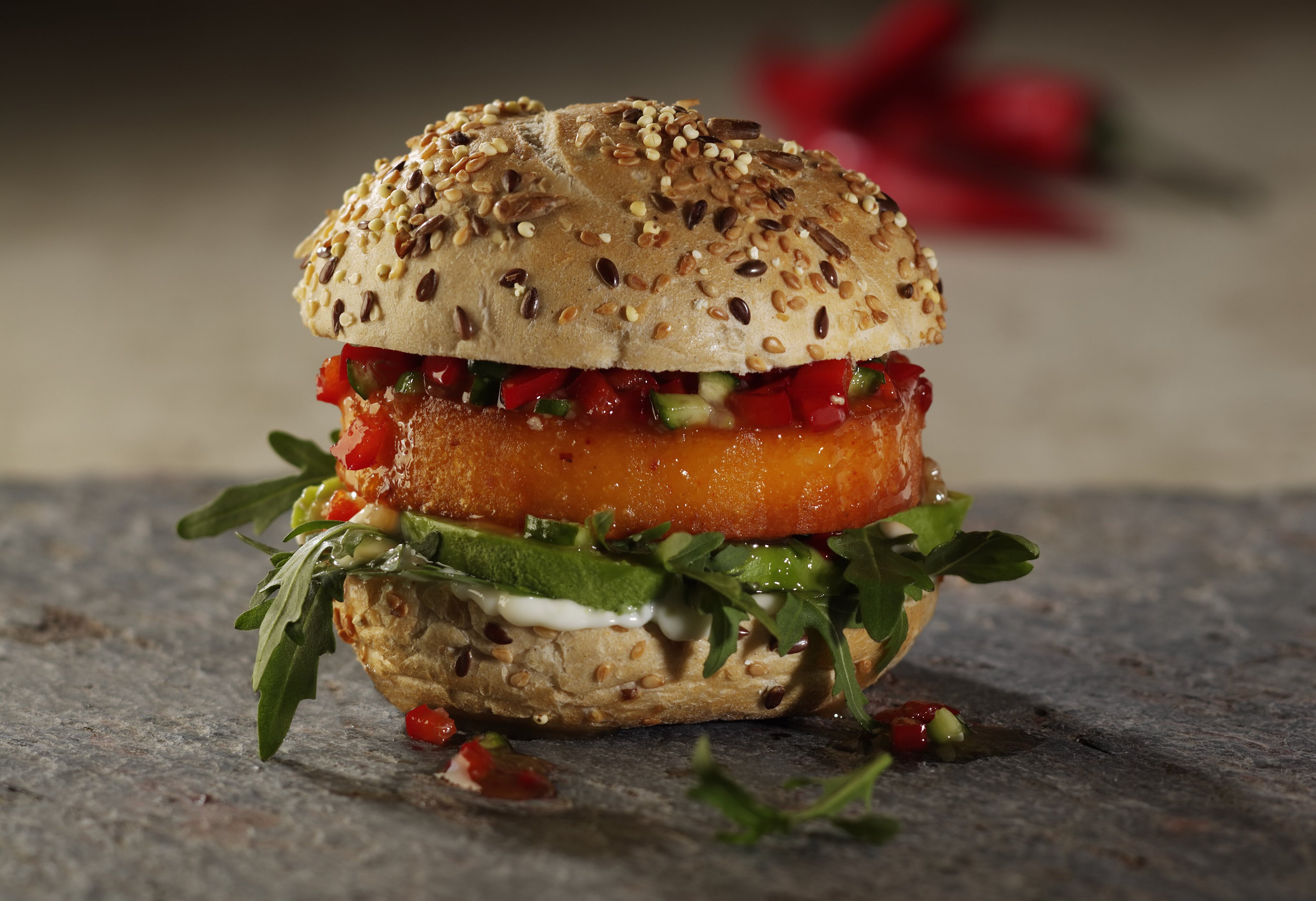
Pack it up
Jenny Jeppsson, concept manager at Swedish baker Polarbröd, advises that whatever you’re selling, your customers want to get in and out as quickly as possible.

“If you’re making your hot-and-cold, grab-and-go items freshly on site, choose options that are quick and simple to prepare in advance, retain their freshness, look tempting and will appeal to a wide range of customers throughout the entire day,” Jeppsson advises.
Packaging is critical to making sure customers enjoy the food at its peak and keep returning for more. In addition, having the right packaging can help quick delivery, says Amipak’s Daniel Schwitzer. “For operators it’s all about speed of service, stackability, space-saving and ease of assembly.”
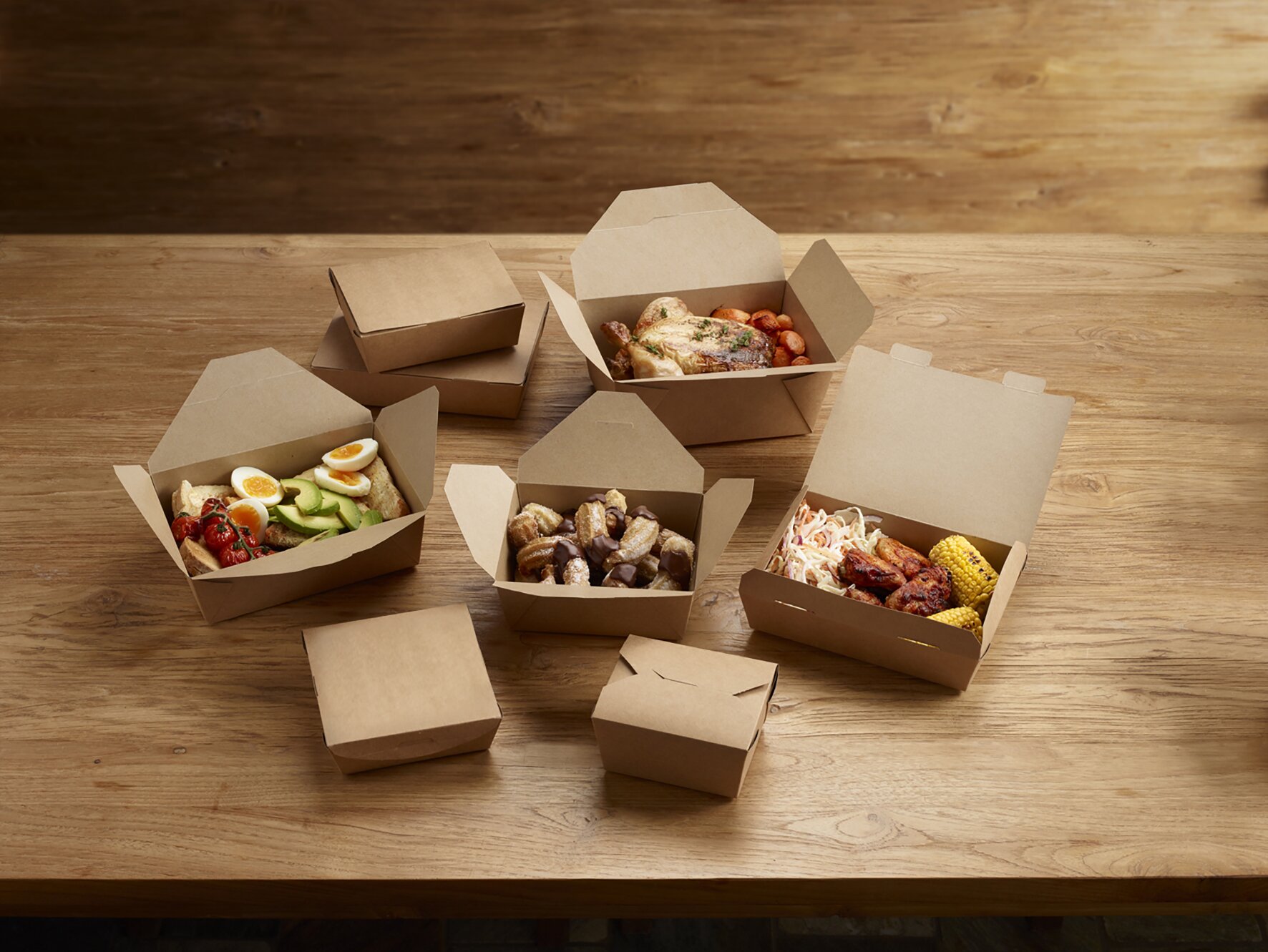
Food may need to be kept hot or protected for longer as more customers buy food for now and food for later, says Becci Eplett, marketing manager for Huhtamaki UK. Huhtamaki offers products including oven-safe trays and hot boxes that can be used for cooking the food direct in the pack or holding it in a heated cabinet. These packs can withstand up to 220ºC for up to 30 minutes.
Packaging can add value to a meal or snack, says Barny MacAdam, taste creator UK and Ireland, Santa Maria Foodservice. He suggests that operators should pack sauces separately where possible, to keep the meal intact without getting soggy in transit. The customer is also able to personalise by adding as much or as little sauce as they require.
“Fries have always been a grab-and-go mainstay,” he explains. “You can go fully loaded and add chicken or meat alternatives sautéed in peppers and onions. Then pack the sauces and cheese separately for the customer to add their finishing touches. It’s cheap and easy to make.”
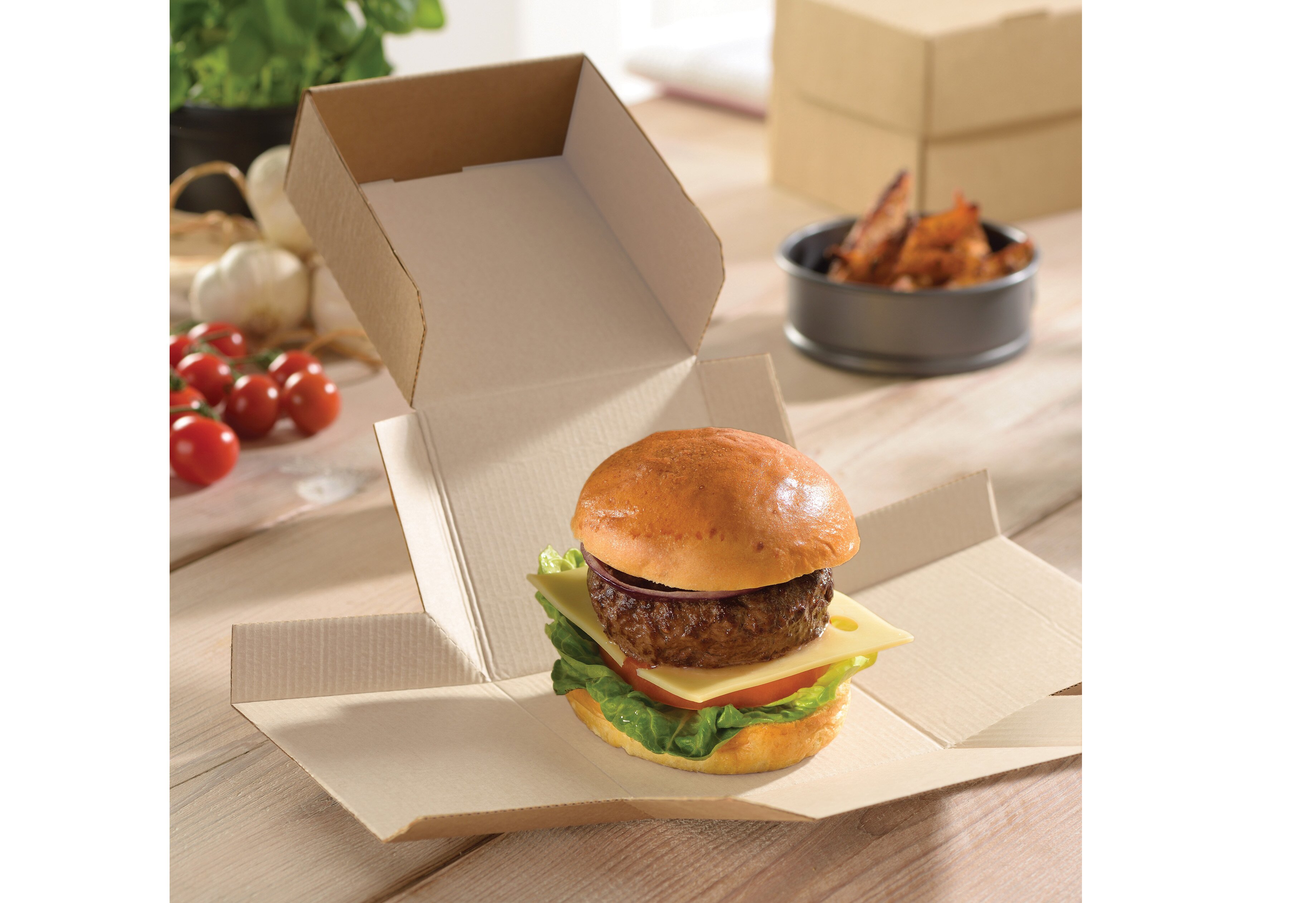
With more packaging going into people’s homes, messages around recycling and compostables will continue to be a priority, says Tri-Star Packaging sales director Lee Richards.
“Business durability and hygiene issues are key concerns for all businesses at this time, but we are not going to let the importance of environmental sustainability become lost through this crisis.”
Hygiene first
The first concern, across the whole operation is of course hygiene, with Food Standards Agency Covid-19 guidelines to follow.
“Grab-and-go operations involve the unavoidable handling of products and so maintaining the highest possible levels of hand hygiene to prevent the transmission of Covid-19 is crucial,” comments Steve Morris, sales director at Jestic Foodservice Solutions.
Jestic has a new Venixlife machine, a Touchless Hygiene Station, which he says provides a stylish solution for the hands-free dispensing of sanitising gel in the “new normal”.
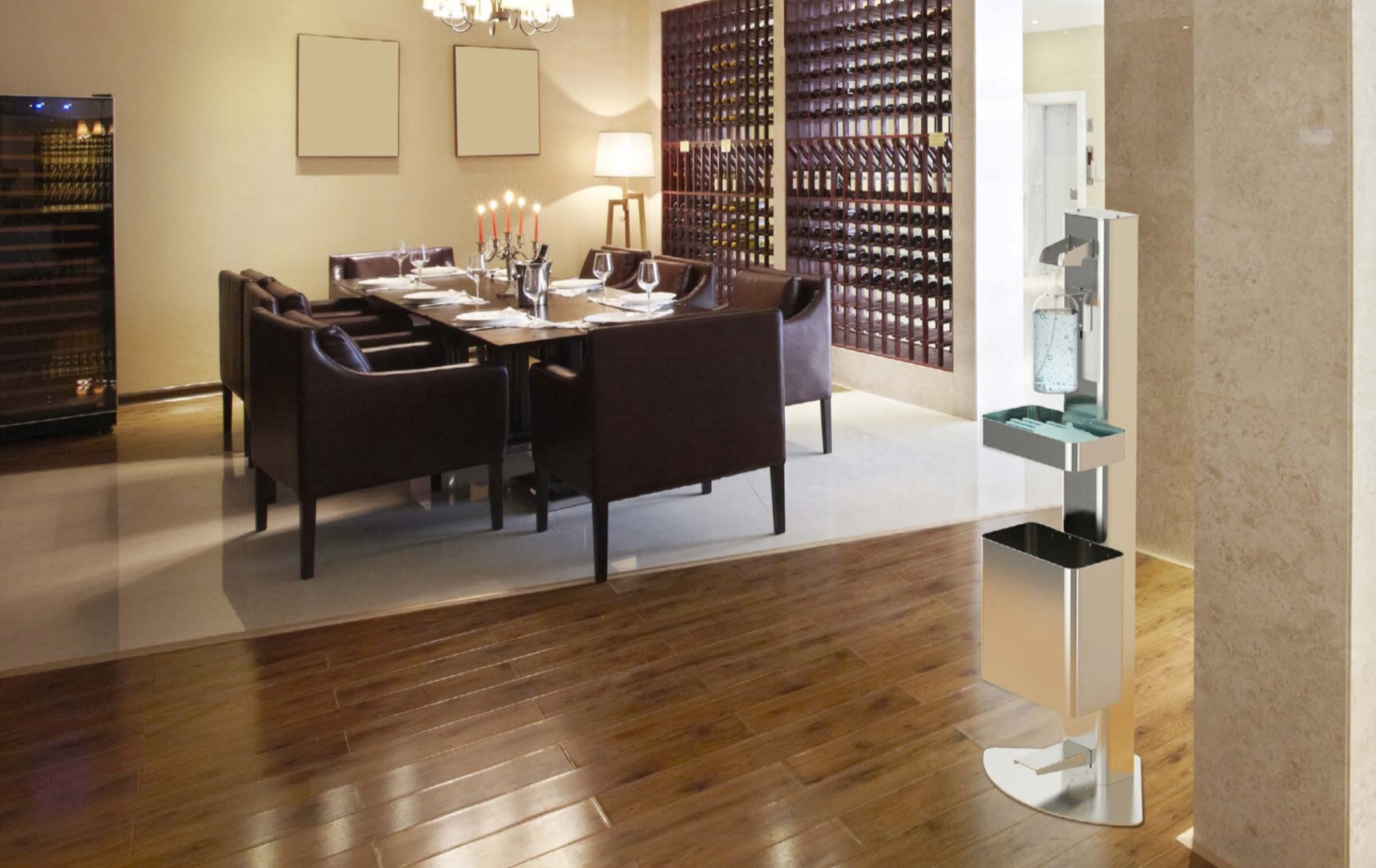
With every new challenge comes a new opportunity, and the aftermath of the coronavirus lockdown opens many new possibilities for grab-and-go.
Case study: how the Megaro Eatery converted to grab-and-go
Italian restaurant the Megaro Eatery, located within the Megaro hotel in London, had tested a grab-and-go concept last year, but the time wasn’t right, says Christian Kaberg, group operations director at the St Pancras Hotels Group.

It is now preparing to launch Megaro to Go following the lockdown, a click-and-collect and delivery service championing fresh pasta and sauces alongside breads, antipasti and pastries and coffees.
The range includes eight handmade pasta dishes, priced around £6, plus breads and drinks. Prices are the same in the restaurant and the takeaway section. The company is also selling recipe ingredients to take away and make at home.
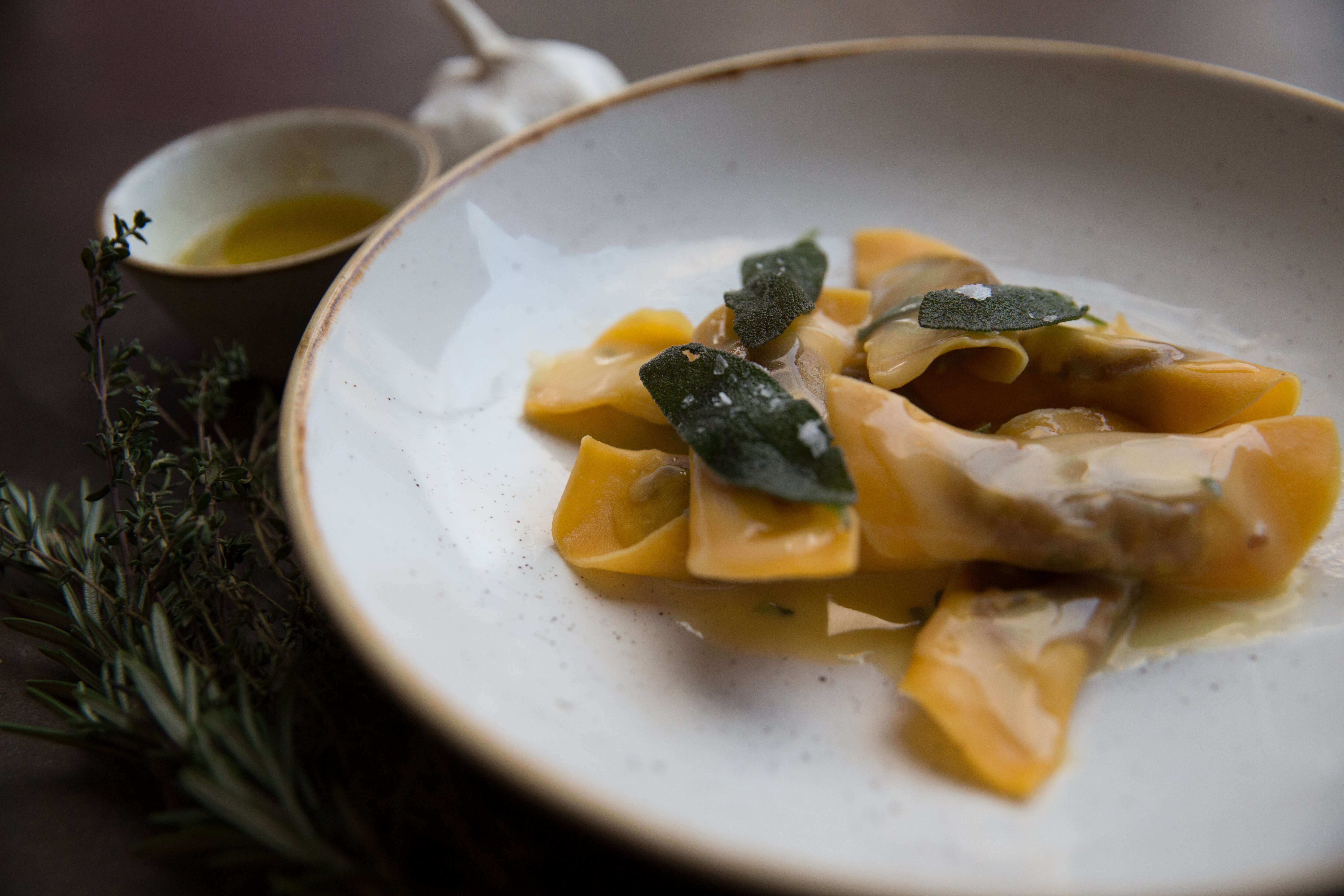
The restaurant’s ethos for the packaging is that it must be fit for purpose. Short-life packaging, such as cups and lids, must be biodegradeable, while other packaging must be suitable for reuse.
Suppliers
Amipak www.amipak.co.uk
Carpigiani UK www.carpigiani.co.uk
Creative Foods Europe www.creativefoods.co.uk
Eurilait www.eurilait.co.uk
Huhtamaki www.foodservice.huhtamaki.co.uk
Jestic Foodservice Solutions www.jestic.co.uk
Polarbröd www.centralfoods.co.uk/Brands/Polarbrod.aspx
Santa Maria Foodservice www.santamariaworld.com/uk/foodservice/
Tri-Star Packaging www.tri-star.co.uk
Wall’s Pastry www.walls-pastry.co.uk
Youngs Foodservice www.youngsfoodservice.co.uk


















